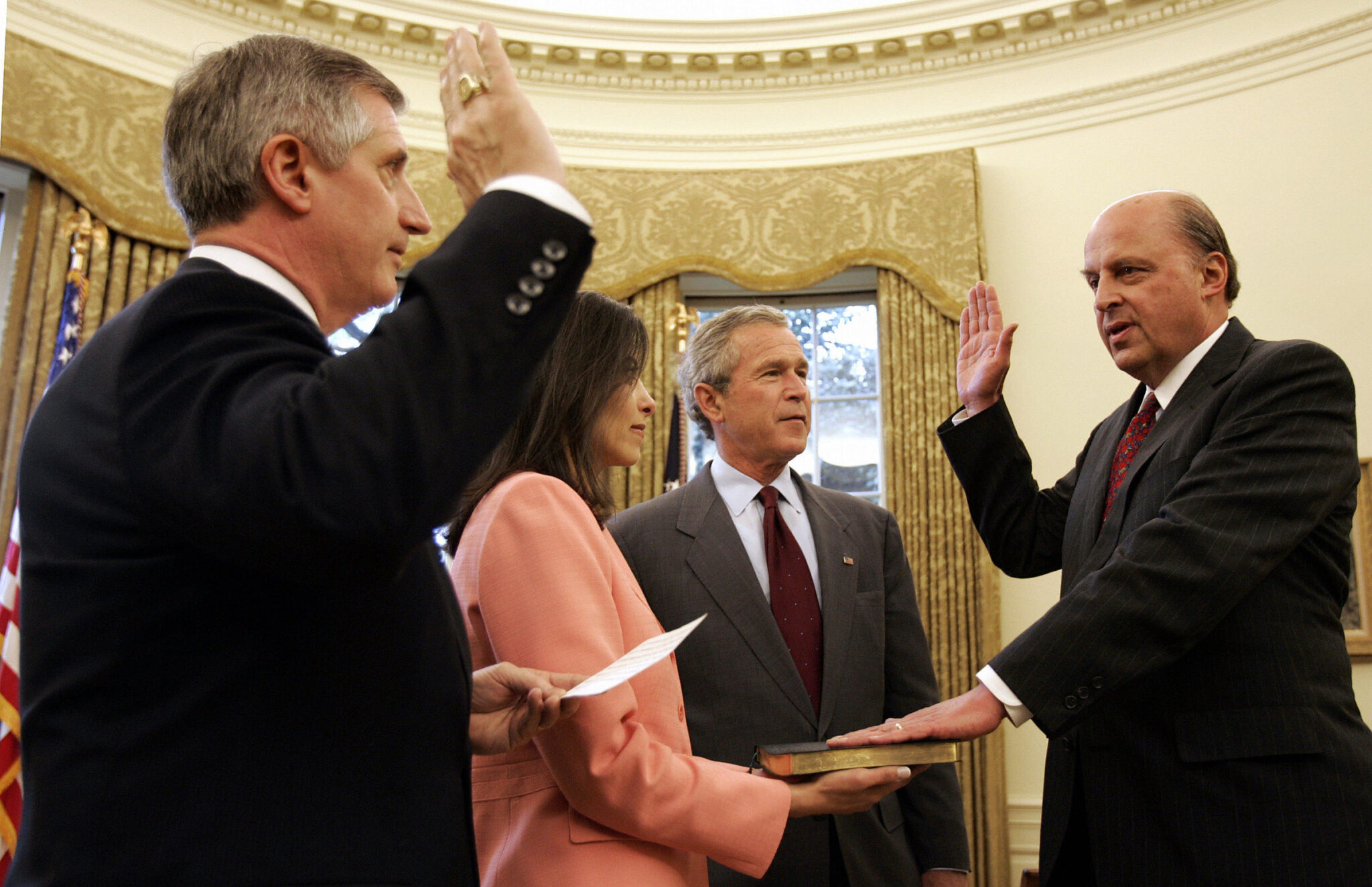Mental health problems are the major cause of disability and death among adolescents across the world. With India having the highest adolescent populous country, this is becoming a major public health concern. The number of children who need urgent mental health care has been on the rise for years — and spiked during the pandemic. Nobody saw it coming, when Deepti*, 14 years old, died by suicide. When her parents lost their livelihoods during the prolonged Covid-19 lockdowns, coupled with flash floods, she took her own life. The young girl had been bottling up feelings of loneliness and sadness for months without telling anyone. Her relationships with some of her closest friends also suffered due to the Covid-induced closure of schools.
The World Health Organization (WHO) notes that one in four children in India aged between 13 and 15 suffer from depression. According to the Indian Journal of Psychiatry, even before the pandemic, at least 50 million children in India suffered from mental health issues. The recent Mental Health and Wellbeing of School Students (MHWSS) survey done by the Government of India among around 379,000 school-going adolescents from Classes 6 to 12 across India had thrown light on the seriousness of this issue. This is a timely and much-needed attempt by the government to assess the mental health status of the children, which serves as a critical resource for policymakers to design the action plan to combat this issue.
Depression is one of the highest prevailing mental health diseases among adolescents. The MHWSS survey revealed that around 40-60% of the children showed one or more symptoms of a mood disorder — such as being low on energy, fatigue, hopelessness, and a pattern of mood swings, especially around the examinations. An ongoing community-based mental health care programme of World Vision India (WV India) in north India exhibited similar findings to the MHWSS survey — 54% of adolescents were identified with depression symptoms and 22% with suicidal ideation.
Self-esteem has a major role to play in mental health promotion among adolescents. The MHWSS survey revealed that around 45% of students were less confident about their physical appearance and this dissatisfaction can lead to harmful emotional, psychological and physiological effects. Quite similarly, a school-based mental health study conducted by World Vision India in Chennai revealed that 64% of the children were not satisfied with their body image and this perception increased the risk of depression.
Mental health for children in schools is also linked to educational outcomes. Schools can enhance the nature and scope of mental health interventions, fill gaps, enhance effectiveness, address problems early, and also play a significant role to reduce stigma. According to a report by WHO, for every one million people, there are just three psychiatrists and even fewer psychologists. Despite the Central Board of Secondary Education guidelines making it mandatory for schools to have counsellors on board, only 3% of private schools, as per a report by the Associated Chambers of Commerce and Industry of India (ASSOCHAM), have actual appointment records. For government schools, the situation is far worse. The question that stands tall in Deepti’s case and hundreds of children like her is: Could a school counsellor have helped? Who could provide timely interventions to prevent such suicide cases?
In response to the MHWSS survey, the government expressed an urge to foster an emotional and behavioural safety climate in schools, which is encouraging for the school health providers and development organisations. The ministry of education developed a mental health manual which recommends constituting a mental health advisory panel, designing a mental health programme to involve the stakeholders such as parents and teachers for early identification and intervention. These are welcome initiatives.
Including age-appropriate and problem-based mental and emotional well-being in the curriculum at all stages of education and psychosocial assessment in all aspects of school activities to assess the social and emotional competencies and ensure their holistic development are initiatives recommended by the government. This will remove the stigma around mental health and promote awareness among the stakeholders and children.
The government recommendations, however, focus only on school-based initiatives. There is a lack the availability of guidelines for family and community-based programming. This is imperative because, as the saying goes, “it takes a whole village to raise a child”. This rings true for the community- and family-based initiatives. The overall aim of any mental health programme should be promoting emotional literacy among children at all stages of their development — an inherent part of child development. Social and emotional skills will help students become more confident, and help them handle challenges and stress better.
A holistic mental health programme that involves social support by parents and teachers is crucial, with components to create awareness among teachers and parents, and training of teachers in early identification of the issues. Appointing qualified psychologists and school counsellors in every school will go a long way in creating a strong community environment conducive to promoting emotional literacy among children and caregivers.
If India does not take a more aggressive stance on the issue of mental health, the country stands the risk of facing serious problems. WHO predicts that if mental health remains unchecked, 20% of the Indian population will suffer from some form of mental illness by 2030. Additionally, it determines that mental illness could reduce India’s economic growth by $11 trillion in 2030. The time to act is now, and we must act to ensure that children like Deepti can have a support system and enjoy their childhood in all its fullness.
*Name changed for the privacy of the adolescent
R Priyadarshini is project manager – CAMP (Community Based Adolescents Mental Health Project), World Vision India
The views expressed are personal















